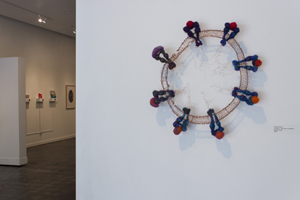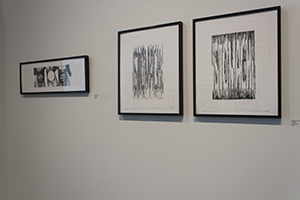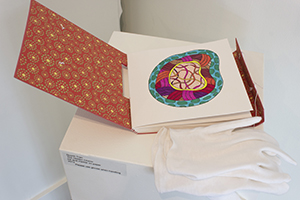
Obesity is a clear issue that affects both children and adults. For children, education is easier since their habits and attitudes towards lifestyle changes are more malleable. Most adults who suffer from metabolic disease are confronted with the consequences of the disease and must adjust to long reinforced habits and attitudes. Adults with metabolic disease often have to adjust their understanding of the science of nutrition and health in order to fortify a new lifestyle changes. Formal and informal education on this issue should be a regular part of life at all ages. This continual learning leads to a self awareness that supports healthy living.
We propose developing a program of activities that employ the intersecting research in science and in visual arts. The collaboration between the visual arts the science of metabolic disease will be an opportunity for discovery, an opportunity for exposure to a broader audience, and an opportunity for further dialog and research. We envision this threefold manner of education:
- Public presentations will force the scientist to describe their work in terms for the general public. The scientist will choose images that evoke “excitement of discovery” for the project, and describe in a manner of mass understanding. This will occur in professor’s presentations to students (phase 1), professors presentation to the public (phase 2), and guest presentations (phase 3).
- Artists will assimilate information and make visual responses to images of metabolic science. The artists’ interpretive response will evoke some passion, curiosity, and new ways of understanding issues of metabolic disease. The artists become educated about the images to better understand the metabolic process in context, and with this greater foundation create new works of art. This will occur in artworks made by the students (phase 1), artworks made by professor DeCaen (phase 2), and artwork made by a visiting artist (phase 3).
- Art exhibitions will be a platform to reach and educate broader groups. The artworks created in the process of their own education will in turn educate patrons who visit the art exhibition. The art exhibition draws a more educationally diverse group, or perhaps a demographic cross-section that would not have sought out to engage the science of metabolic science on its own. This in turn educates the attending individual. This will occur when the public visits the student art exhibition (phase 1), when the public visits an exhibition of works by Andrew DeCaen (phase 2), and when the public encounters the artwork created by a visiting artist (phase 3).
- Lastly, the lectures, creation of artworks, and the exhibitions will make the participants more self-aware as to the issues facing metabolic disease. This will start a dialogue that can propagate learning and teaching: learning for the individual to better understand what was presented, and teaching through open discussions about the art and themes within.



